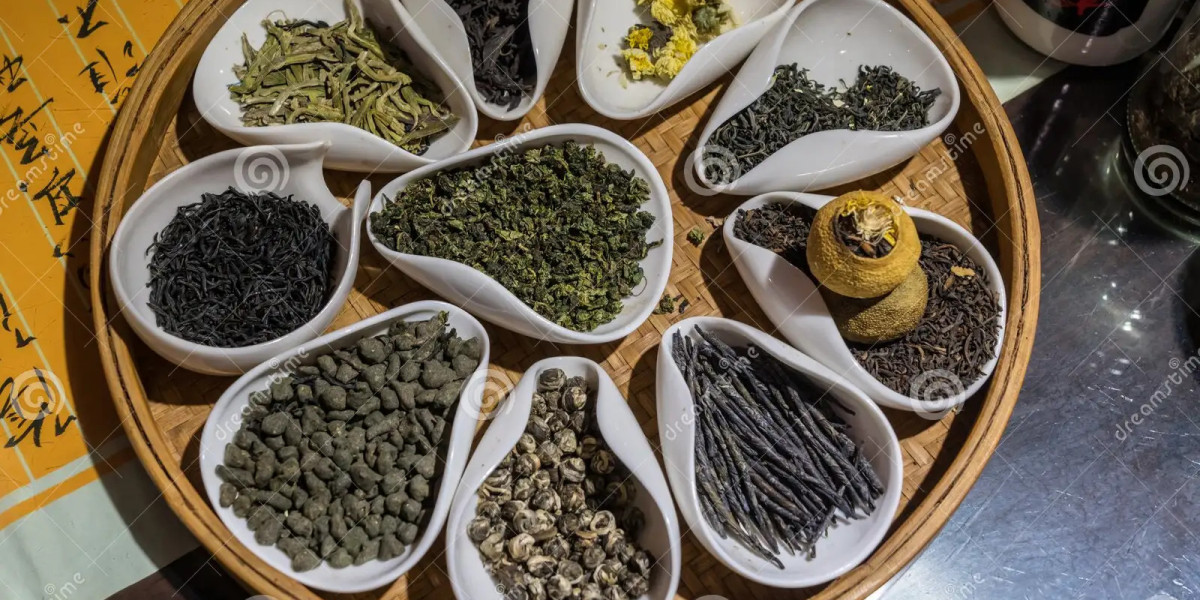Oolong tea lies between green and black tea, but within this category, regional techniques define the final product. Taiwan’s High Mountain Oolong and Fujian’s Rock Tea (Yancha) exemplify this contrast through their vastly different roasting traditions.
Taiwan High Mountain Oolong (like Alishan or Lishan) is usually lightly oxidized (15–30%) and lightly roasted or unroasted, preserving its natural floral and creamy aroma. Roasting, if applied, is done at low temperatures to subtly enhance the tea’s body without overshadowing its delicate mountain-grown freshness.
By contrast, Fujian’s Rock Tea—such as Da Hong Pao or Shui Xian—is heavily oxidized and deeply roasted, often over charcoal. This traditional process caramelizes natural sugars, producing a dark, toasty brew with mineral depth, known as “Yan Yun” (rock rhyme). The roast can take hours or days, sometimes followed by months of rest to mellow the flavor.
The result? Taiwan’s oolongs are light, floral, and elegant. Fujian’s Yanchas are rich, bold, and resonant. The roasting techniques not only reflect geography but also centuries of cultural preference.








